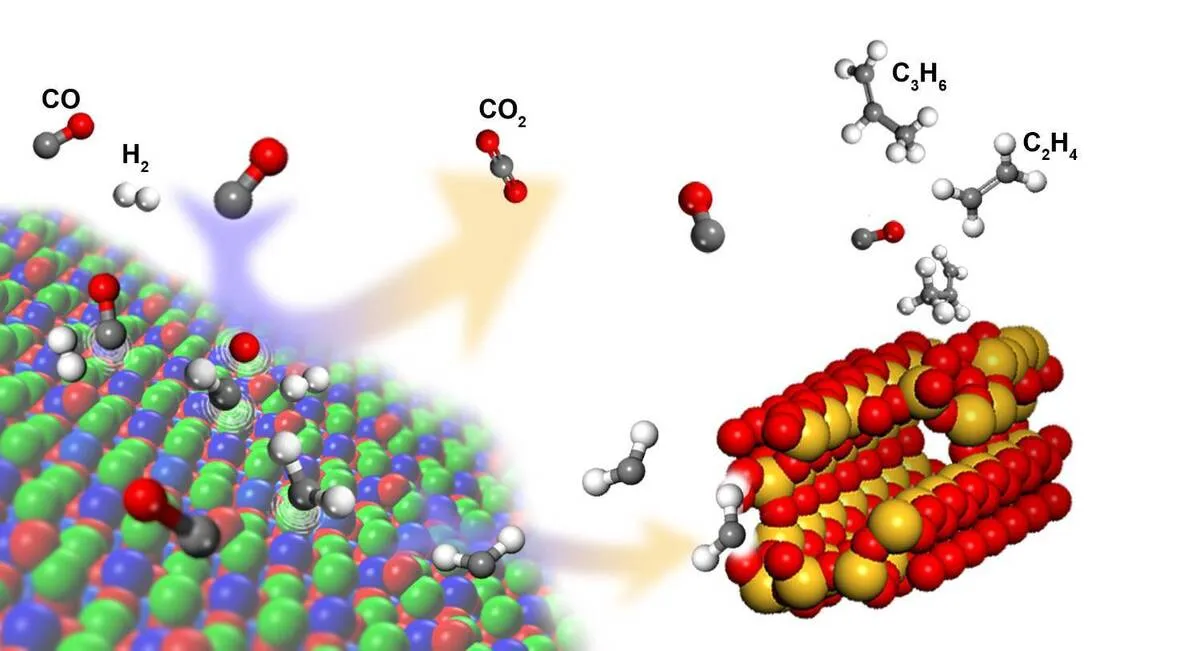Researchers Unveil New Platform for Catalytic Syngas Conversion

To bridge the gap between different carbon resources and vital chemicals, catalytic syngas conversion is a key pathway. A new platform for this conversion is oxide-zeolite (OXZEO) bifunctional catalysis. The research was recently published in the journal Chem.
The researchers investigated syngas conversion over a representative spinel ZnAl2O4 oxide with combined advanced solid-state nuclear magnetic resonance (NMR) technologies. They utilized in-situ NMR method to observe the full process of syngas conversion to methanol over ZnAl2O4 catalyst, during which the formate and methoxy species were identified as the key intermediates.
Through a series of double resonance and multi-dimensional correlation NMR experiments, they identified the dual active sites with structure of -AlIV-OH•••ZnIII-. Thus, they proposed the synergistic catalytic mechanism of the dual active sites on ZnAl2O4 catalyst for syngas conversion reaction.
Moreover, they elaborated on the dynamic evolution of the reaction intermediates and active sites during the reaction process at an atomic level.
“On one hand, our work exemplifies the increasing capability of solid-state NMR spectroscopy in the study of surface/interface catalysis,” Prof. HOU said. “On the other hand, the current understanding of the active sites and reaction mechanism can bring inspiration to study syngas conversion and CO2 hydrogenation on other bimetallic oxide systems, providing important guidance for the rational design and modulation of high-efficiency oxide catalysts.”
4155/v





















